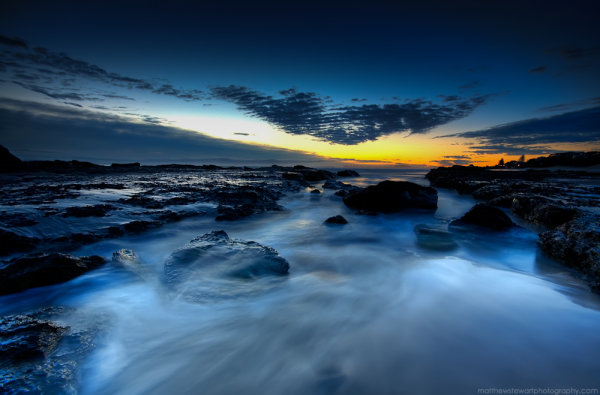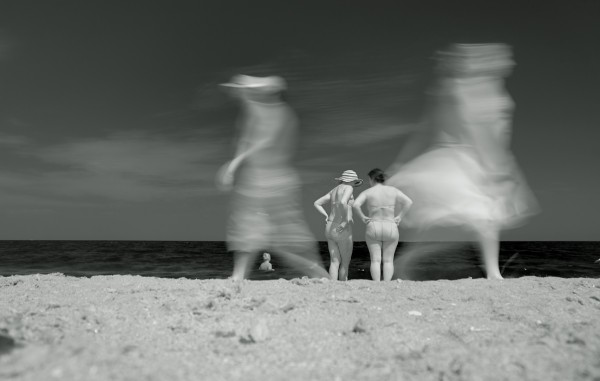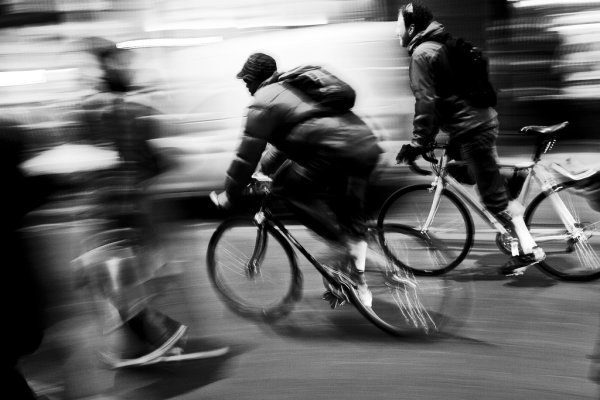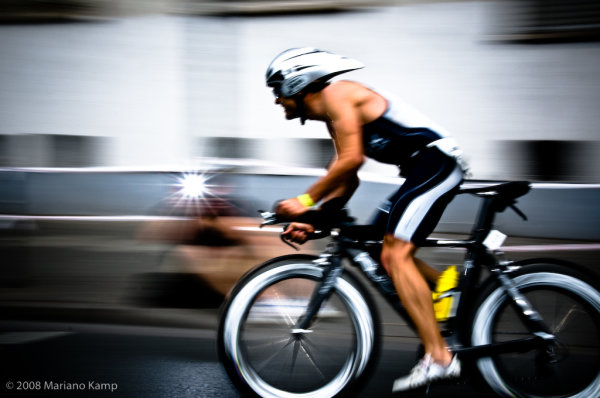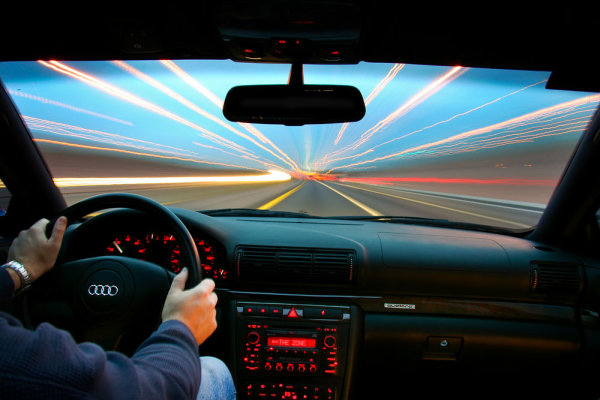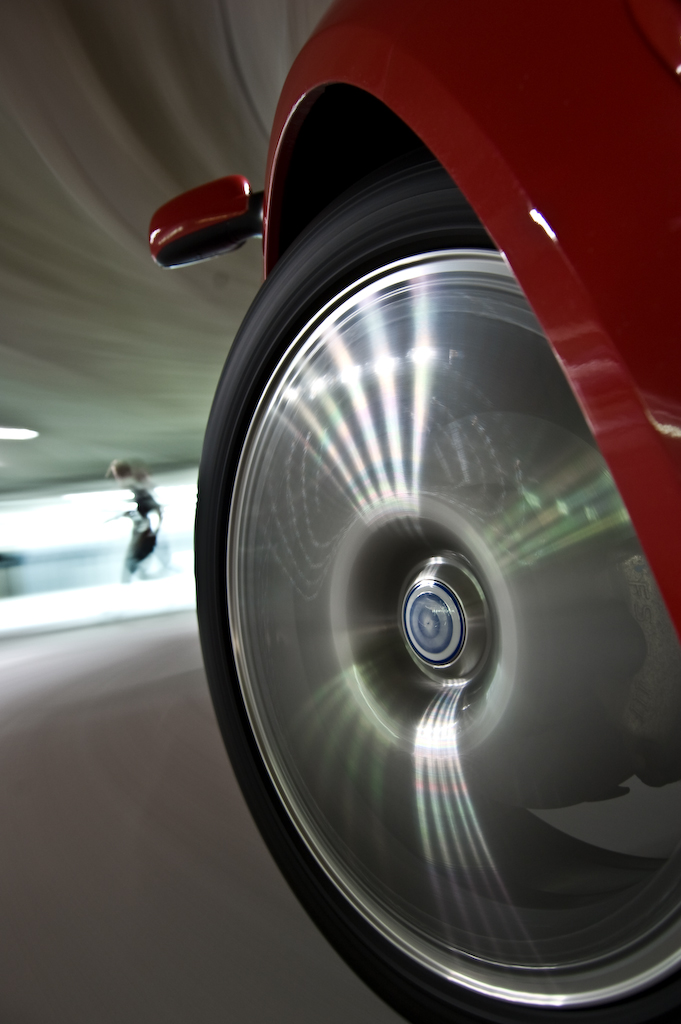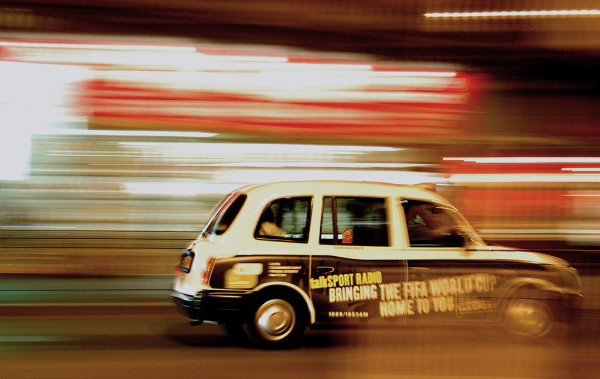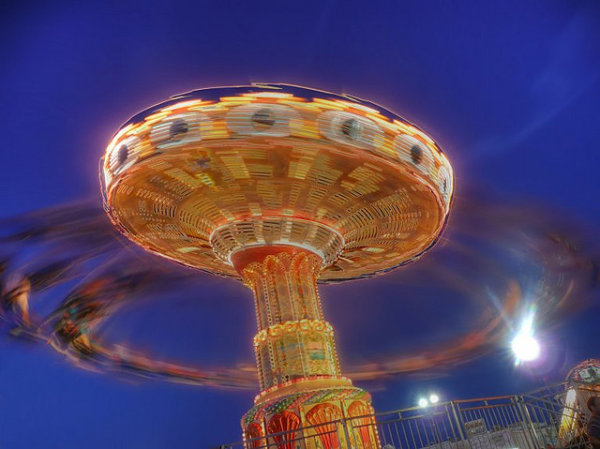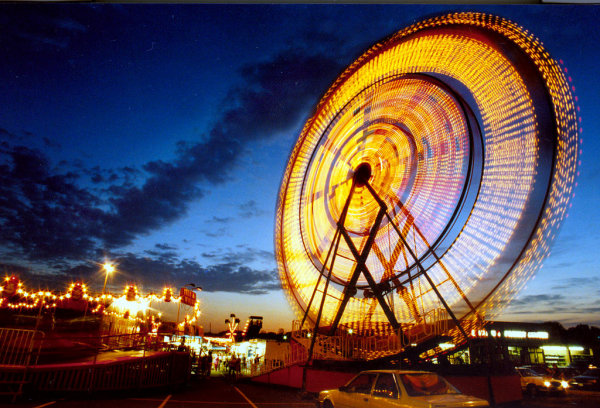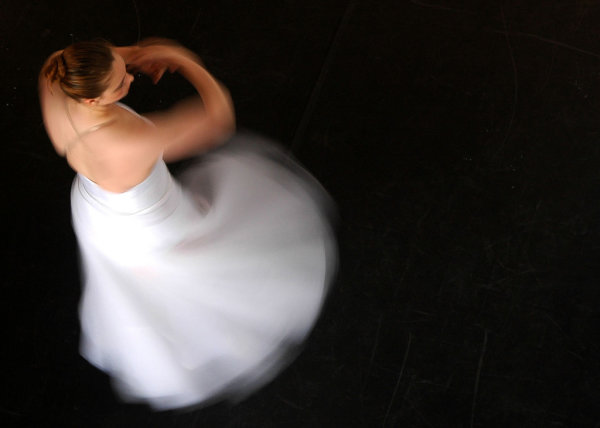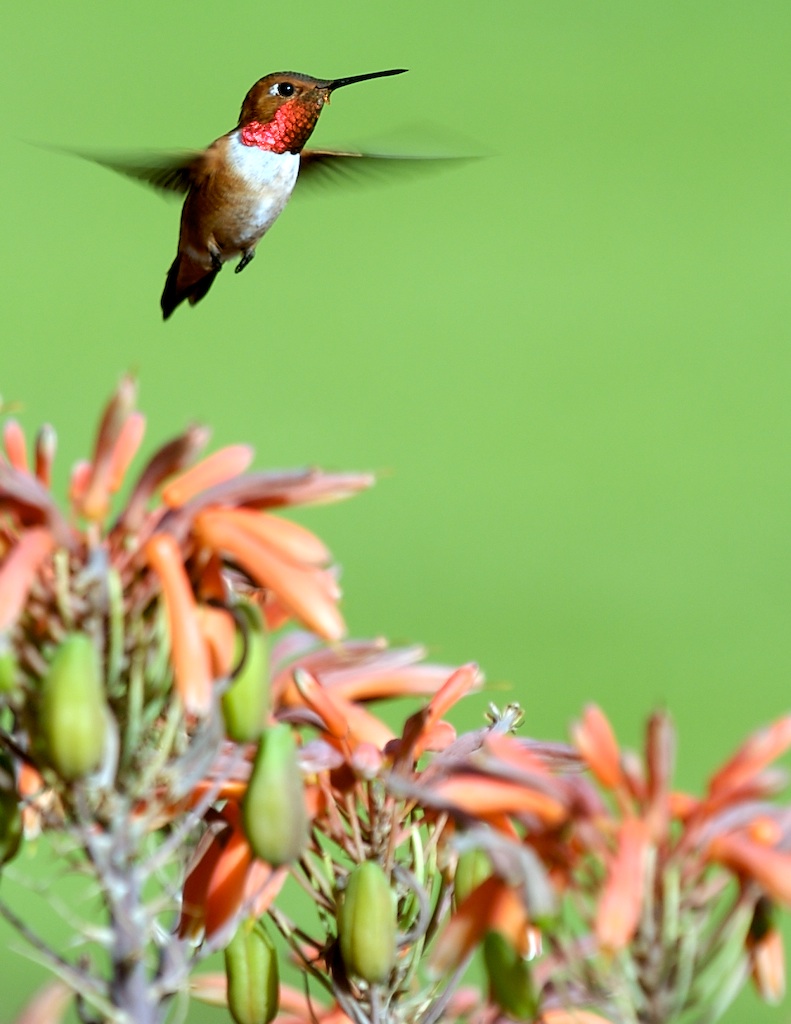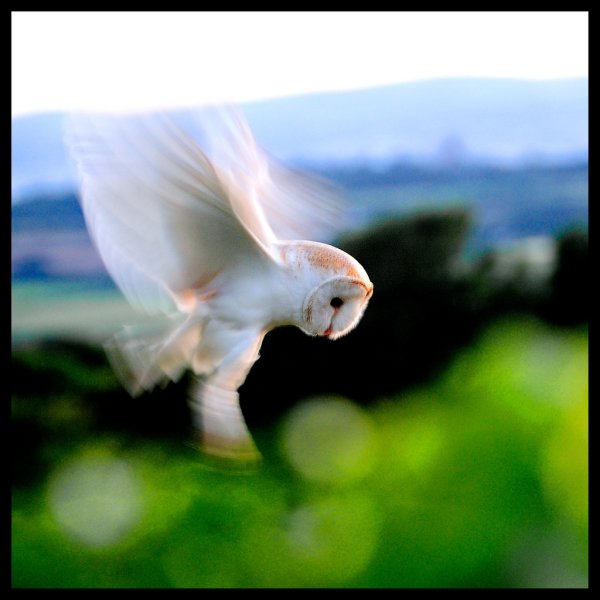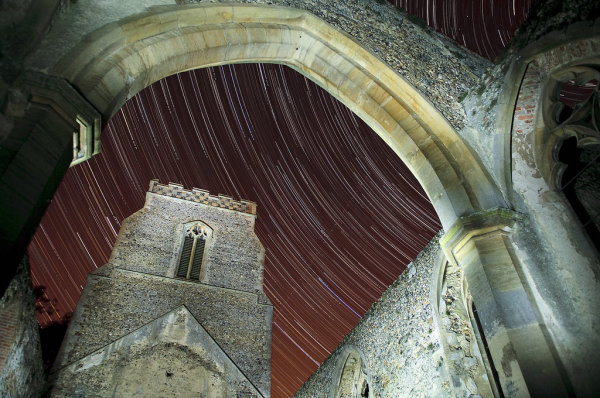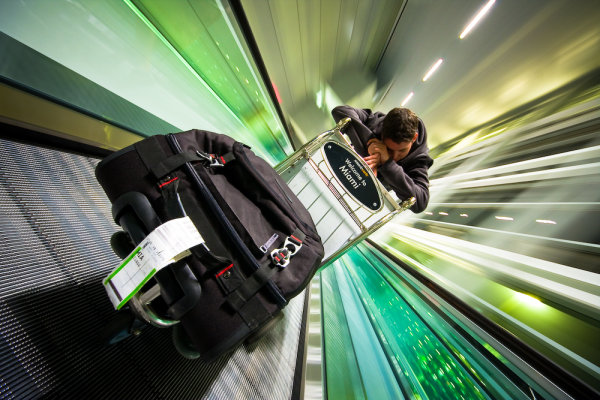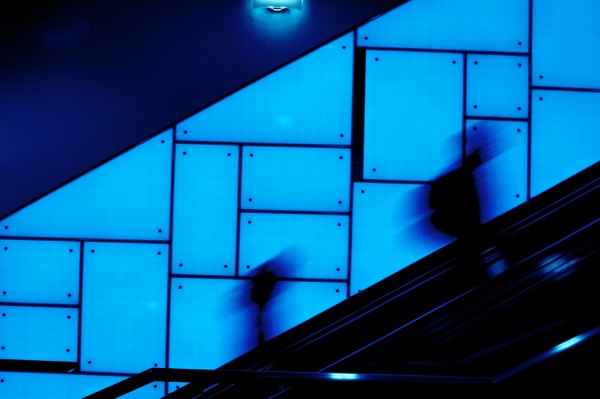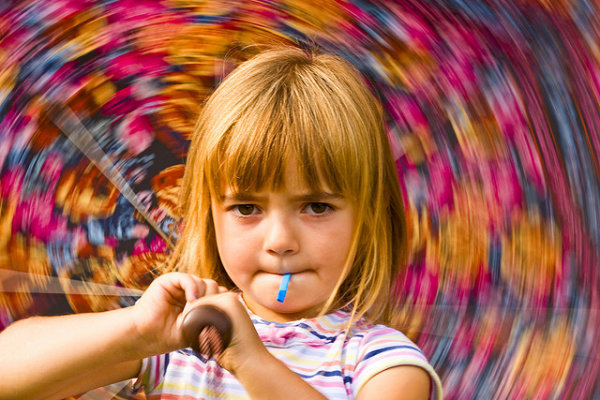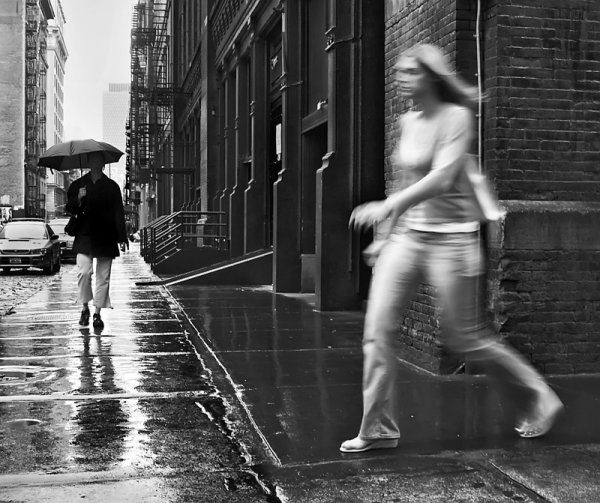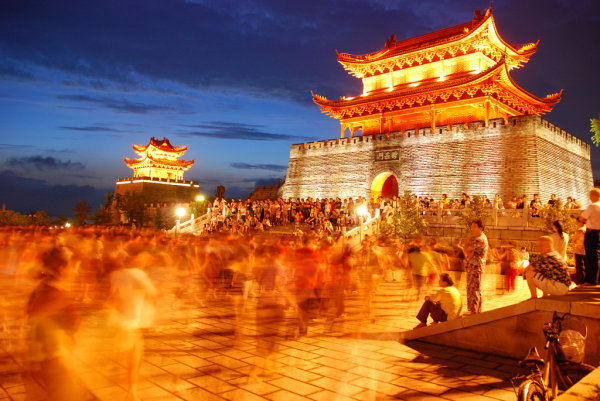 Do you feel completely in the dark about setting your prices? Do you have a formal price structure or are you just coming up with numbers? Do you constantly change your price list? Then you’re just like me. Well…me a few months ago anyway. It’s funny – you can be the best photographer, but knowing what to charge can be an un-slayable dragon. And when you’re not quite sure why you charge what you charge, it’s hard to remain firm on your prices when your clients want to haggle you down to nothing. I learned everything I needed to know about setting my prices from Alicia Caine’s eBook. I’m not getting paid for telling you that. I swear by that book. It changed the entire face of my business.
Do you feel completely in the dark about setting your prices? Do you have a formal price structure or are you just coming up with numbers? Do you constantly change your price list? Then you’re just like me. Well…me a few months ago anyway. It’s funny – you can be the best photographer, but knowing what to charge can be an un-slayable dragon. And when you’re not quite sure why you charge what you charge, it’s hard to remain firm on your prices when your clients want to haggle you down to nothing. I learned everything I needed to know about setting my prices from Alicia Caine’s eBook. I’m not getting paid for telling you that. I swear by that book. It changed the entire face of my business.
These are the top three things I learned from Alicia’s book:
- You should publish some of your prices on your website. This is the first step in managing client expectations and not getting the sticker-shocked client trying to weasel their way out of paying your prices. Just publish a couple of guide prices as a reference.
- I don’t have to do friends and family discounts. I don’t do mates rates. I don’t expect them from others and I don’t give them. Well…I don’t allow it to be expected. But I might knock some off or give an unexpected gift to a friend. In my experience, it just doesn’t go well when I under price my services. They value me less and I feel a bit of resentment about spending an entire week editing a wedding I was expected to do for free. Alicia empowered me to say no.
- There are a few very easy calculations you can use to price your stuff in a way that keeps everything nice and uniform and my pricing makes sense. I used to price my stuff according to the square inches of the product. Lol that took a bit of work! Alicia’s calculations are waaay easier.
Here are a three points about money I’ve learned the hard way, in no particular order:
- ALWAYS charge a session fee. And always charge up front when making the session reservation. This means the clients are serious and aren’t going to take up half a day on your calendar and leave you hanging. Don’t just take a deposit. Take the whole thing. I’ve had plenty of deposit-leavers leave me hanging, but no session-payers have let me down yet. Taking the money upon reservation (I either send them a self-addressed envelope or shoot them a PayPal invoice) falls under the category of ’spent money is forgotten money’. So a week later when it’s time to buy photo products, they don’t feel like their bank account just took a hit and they’re free to spend on photos. And they WILL spend because they’ve already made a financial investment. Not to mention an emotional and time investment during the session.
- ALWAYS make sure that you make it clear that the deposit/prepaid fee is non-refundable. They can sign a contract (a little too formal for me) or acknowledge receipt of your confirmation email by saying that they understand the fee is non-refundable.
- When you put a client gallery up for preview, give it an expiry date. I still have clients from a year ago who haven’t ordered. Put the gallery up for 30 days and for goodness sake, WATERMARK those suckers allover the place. It’s ok to ruin the preview with a watermark and make it clear that swiping the preview is stealing.
What aspects of pricing do you feel in the dark about?
Post from: Digital Photography School - Photography Tips.
6 Tips for Setting your Photography Prices





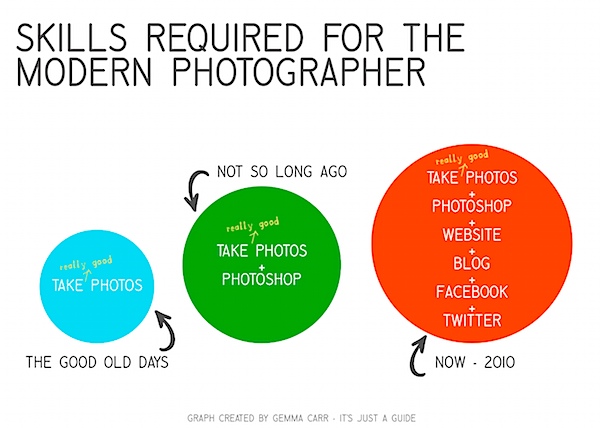
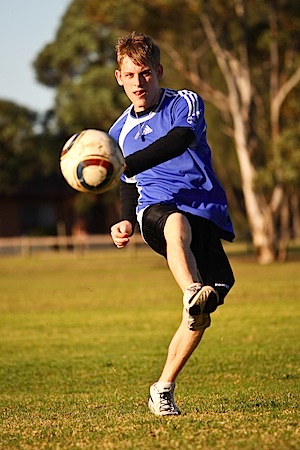 When shooting any sports, make sure your camera is set to burst/continuous mode to keep up with movements of the players. This will save you having to press the button manually for every shot. Have your camera’s focus mode to AI servo mode which is made to shoot continuous movement & for panning.
When shooting any sports, make sure your camera is set to burst/continuous mode to keep up with movements of the players. This will save you having to press the button manually for every shot. Have your camera’s focus mode to AI servo mode which is made to shoot continuous movement & for panning.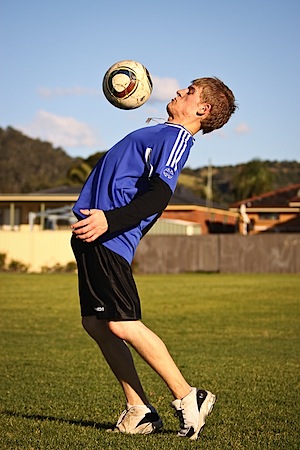 Soccer games usually run in the morning so if you’re aiming to sell prints after the game of the individual players be sure to spread out the range of players shot. There are certain players who like to step back more than others but it’s your responsibility as the photographer to record everyone and to maximise your profits.
Soccer games usually run in the morning so if you’re aiming to sell prints after the game of the individual players be sure to spread out the range of players shot. There are certain players who like to step back more than others but it’s your responsibility as the photographer to record everyone and to maximise your profits.

